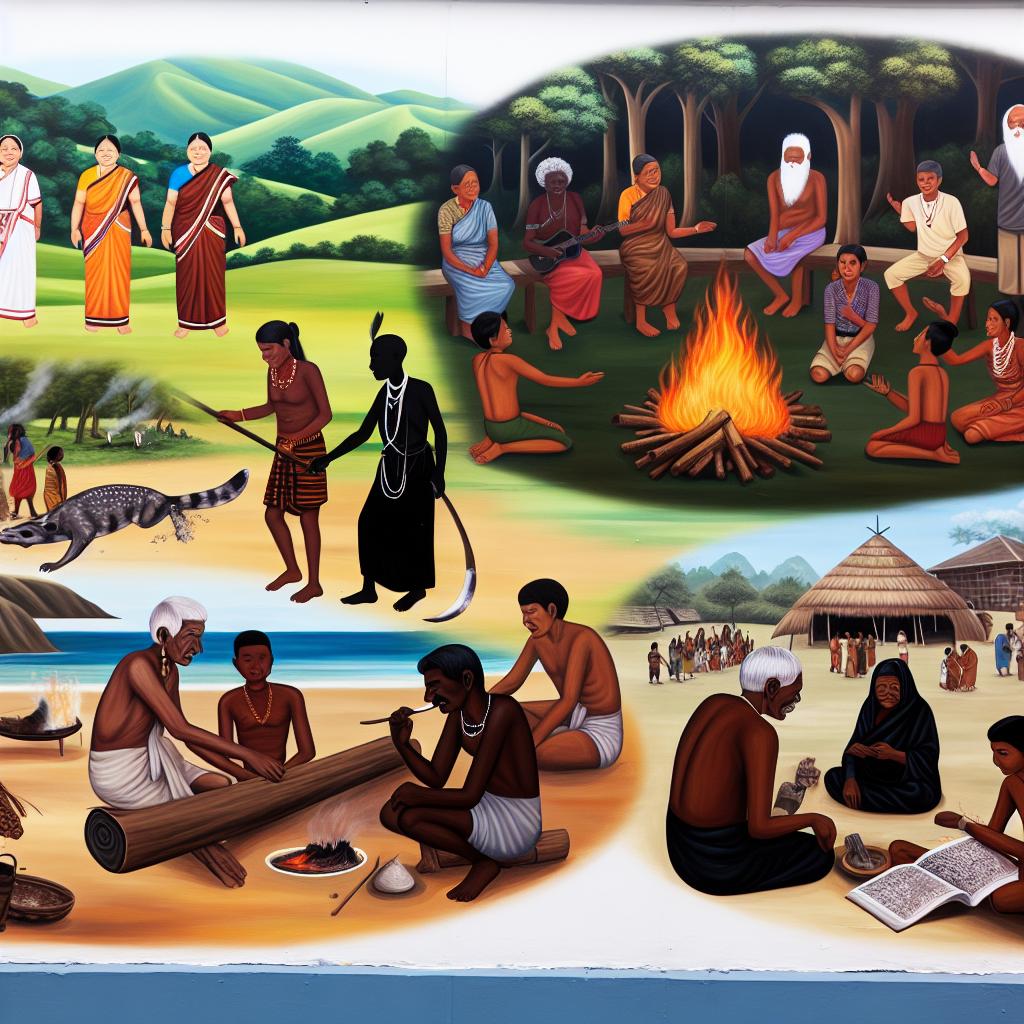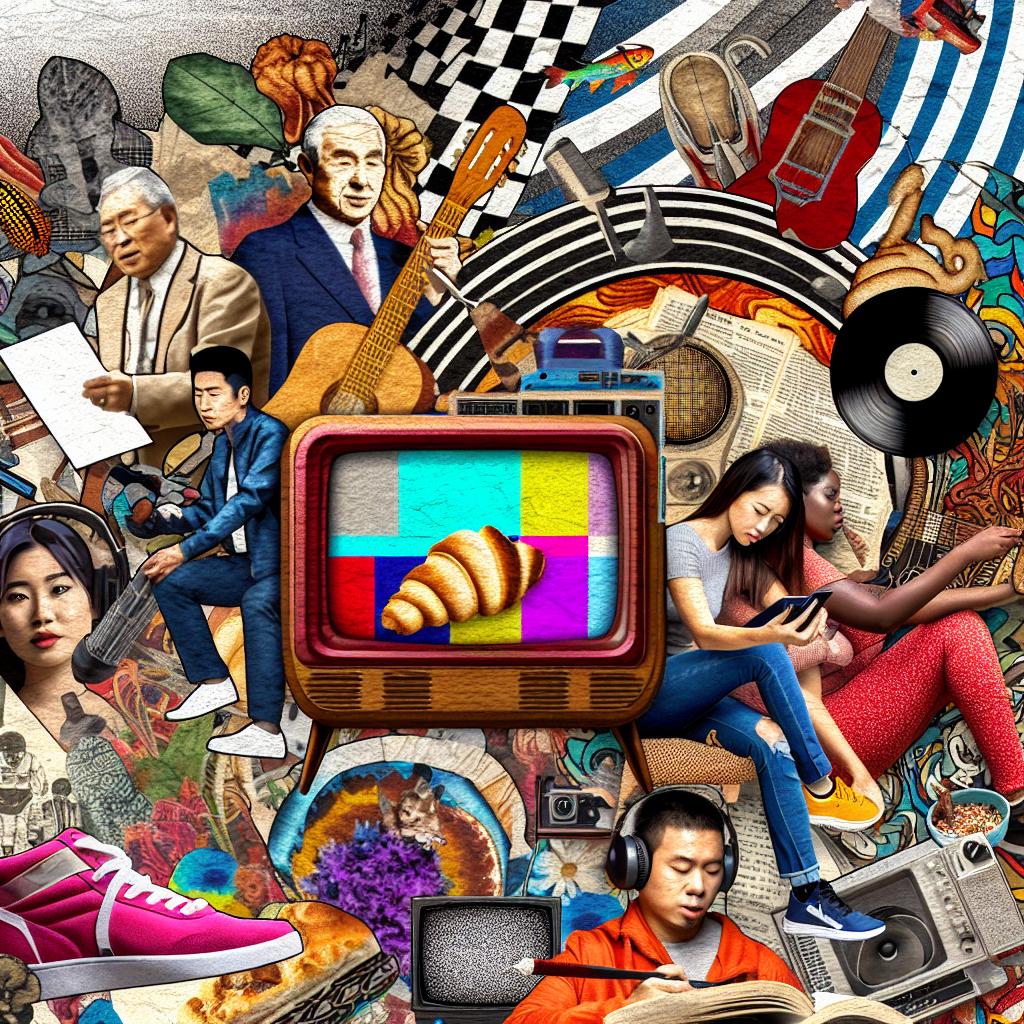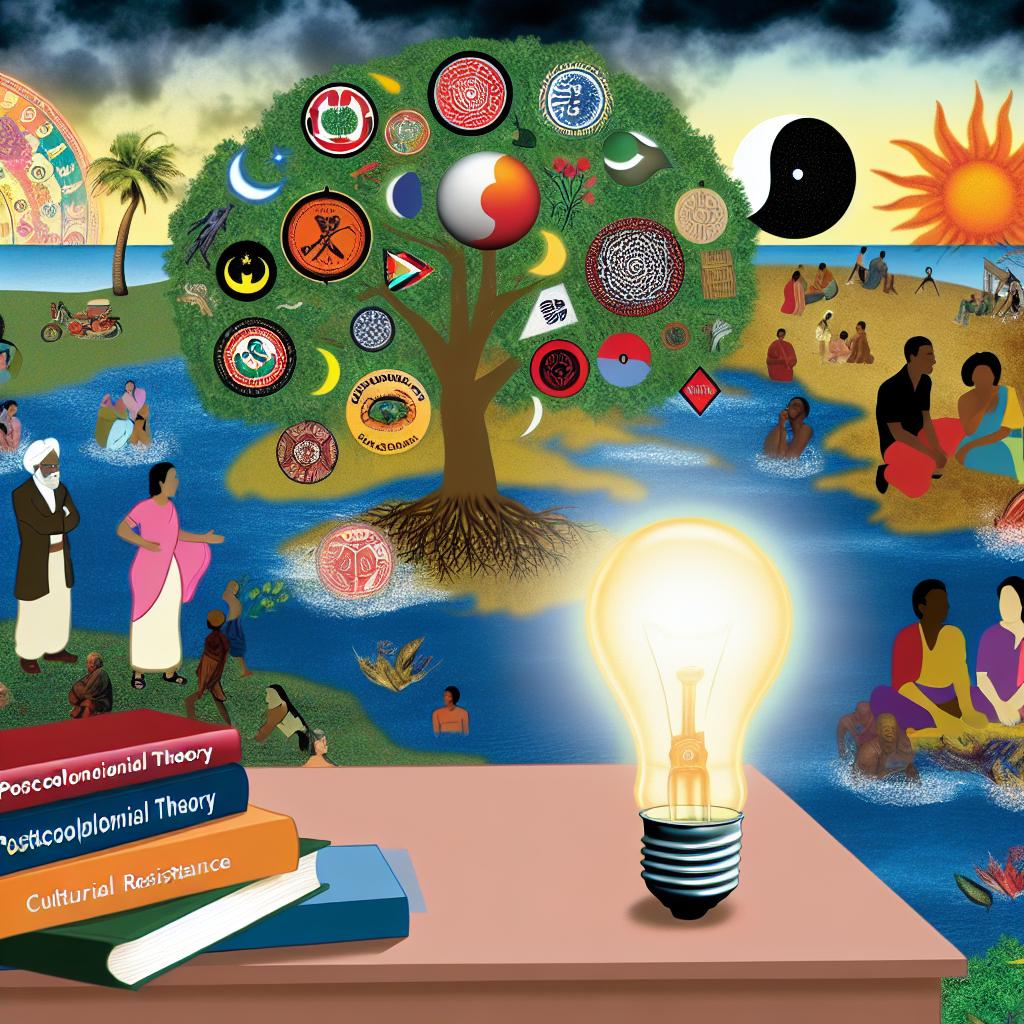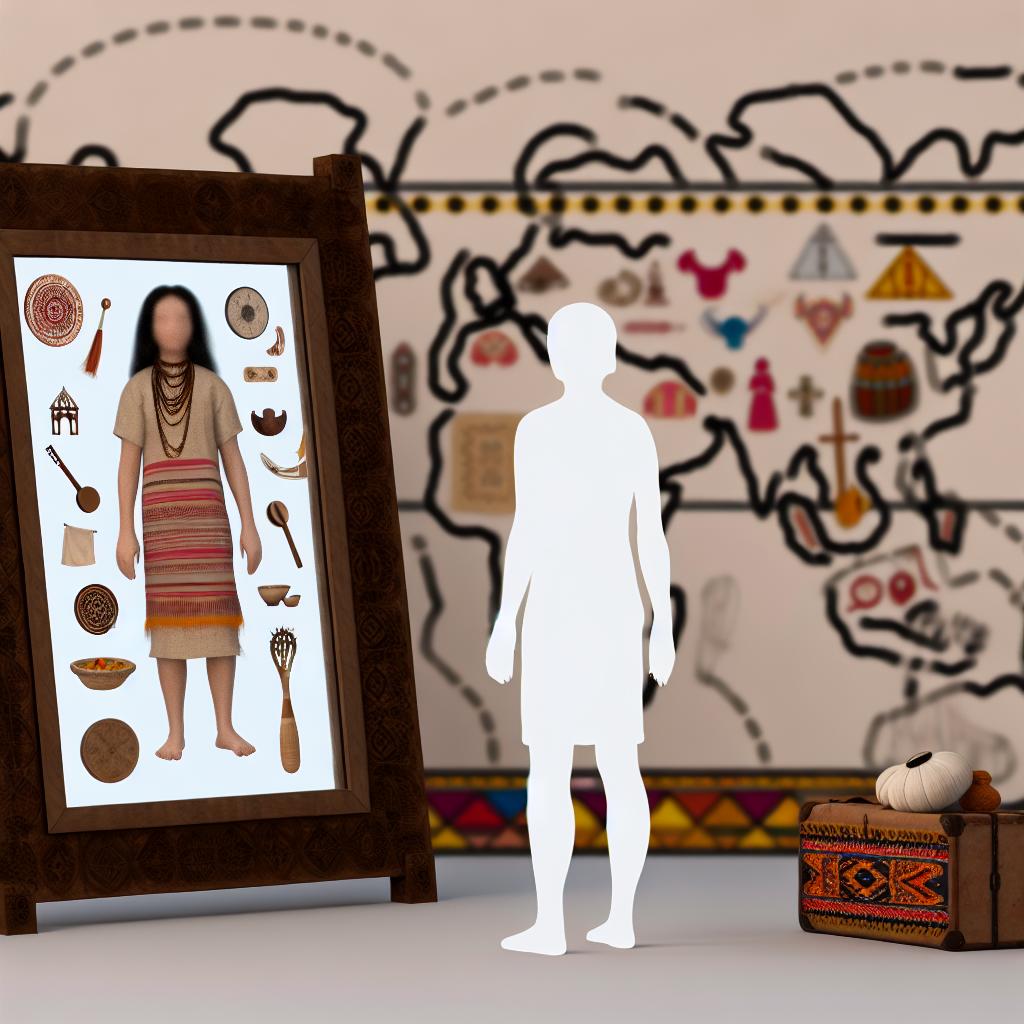Introduction to Indigenous Cultural Preservation
The concept of Indigenous cultural preservation refers to the actions and measures taken to maintain and revitalizing the traditions, languages, and practices that are intrinsic to Indigenous communities. These efforts are indispensable for conserving the identity and heritage of these groups, especially in an era where modernization and globalization pose significant threats to traditional ways of life. Across the globe, Indigenous peoples are deeply involved in initiatives that aim to safeguard their rich cultural heritage, which is composed of various elements such as language, traditional knowledge, art, music, and rituals. Understanding this preservation is essential for anyone interested in cultural diversity and the perpetuation of human history.
Definition and Scope
Indigenous cultural preservation encompasses a wide array of activities, each tailored to protect specific aspects of cultural heritage. The initiatives designed for conservation cover various domains: from languages that encode unique worldviews and histories, to rituals and practices that have been handed down through generations. By prioritizing the revitalization of these cultural elements, Indigenous groups make significant contributions to the tapestry of global human culture, ensuring its richness and variety for future generations.
Importance of Language Preservation
Language serves as a cornerstone of cultural identity and plays a crucial role in the transmission of traditions and knowledge from one generation to the next. Numerous Indigenous languages are currently on the brink of extinction, with some already devoid of living native speakers. Various strategies are employed to stave off this decline, including the establishment of educational programs aimed at teaching these languages, detailed documentation of oral histories to ensure they are not lost, and leveraging modern technology to facilitate language learning.
Technological Interventions
The use of technology in language preservation is increasingly becoming a pivotal avenue. Tools such as language learning apps, digital recordings, and online platforms create accessible resources for both speakers and learners. By integrating these technologies, communities are able to broaden the reach and engagement with their languages, making the learning process more dynamic and far-reaching.
Social Impact
Beyond merely securing the survival of cultural knowledge, the preservation of language fundamentally strengthens community cohesion. When community members engage in the active use and promotion of their native languages, it fosters a sense of shared identity and solidarity. This is vital not only for cultural survival but also for community resilience in the face of external pressures.
Maintaining Traditional Knowledge and Practices
Traditional knowledge embodies the profound understanding of ecosystems, medicinal practices, and sustainable agricultural methods accrued by Indigenous peoples over countless generations. Preserving this knowledge is paramount, as it plays an integral role in cultural continuity and contributes to global biodiversity and environmental stewardship. Many Indigenous communities are engaged in projects designed to document and disseminate their traditional practices. This often involves collaborative efforts with researchers and scientists, merging ancient wisdom with contemporary techniques to address current global challenges.
Ecological Contributions
The environmental knowledge of Indigenous communities often includes sophisticated understanding of local ecosystems and species interactions that more conventional methods may overlook. This knowledge can provide invaluable insights into sustainable practices that benefit both local and global ecological contexts. Indigenous contributions to biodiversity conservation are increasingly acknowledged as critical components of broader environmental strategies.
The Role of Art and Music
Art and music serve as powerful embodiments of Indigenous identity and culture. These forms of expression are not only aesthetically significant but also act as vehicles for conveying Indigenous stories, history, and values. Preserving Indigenous art and music involves a range of activities, such as supporting local artists, organizing cultural festivals, and providing platforms for both traditional and contemporary expressions.
Celebrations of Culture
Cultural festivals offer a space where Indigenous communities can celebrate and share their artistic traditions with a broader audience, creating opportunities for cross-cultural understanding and respect. These events can also help to invigorate community pride and continuity, fostering a vibrant cultural life.
Contemporary Interpretations
Indigenous art and music are not static; they evolve over time, encompassing traditional elements while embracing new influences. Supporting contemporary Indigenous artists is crucial for ensuring that these cultural expressions remain relevant and continue to speak to both current and future generations. By doing so, the history and worldview of Indigenous communities are maintained and appreciated, enriching diverse cultural landscapes.
Challenges in Cultural Preservation
Despite the pivotal importance of preservation efforts, Indigenous communities encounter a number of formidable challenges. These can range from limited access to necessary resources and financial support, to issues like land dispossession and the pervasive influence of dominant cultural norms. Furthermore, historical policies aimed at forced assimilation have left deep and enduring impacts on Indigenous cultures, making the task of preservation even more arduous.
Resource Constraints
Resource limitations often impede the ability of communities to fully engage in comprehensive preservation activities. Financial constraints can affect the development of language programs, the safeguarding of traditional knowledge, and the celebration of cultural expressions. Securing adequate support requires collaborative strategies and advocacy efforts that make cultural preservation a priority for broader societal structures.
Policy and Sovereignty
Supporting Indigenous cultural preservation also demands a respectful consideration of Indigenous sovereignty. Initiatives must be community-led and community-driven, allowing Indigenous voices to shape their own cultural narratives. Additionally, integrating Indigenous perspectives into wider cultural and educational frameworks is necessary to foster inclusivity and equity.
Conclusion
Indigenous cultural preservation is not just a cultural initiative; it is a safeguard against the erosion of what is inherently a part of the world’s shared heritage. By concentrating efforts on language preservation, the maintenance of traditional knowledge, and support for artistic expression, Indigenous communities can ensure that their cultural identities remain resilient and vibrant. Tackling the challenges these communities face is a collective responsibility that everyone in society can participate in. Recognizing the profound value of Indigenous cultures contributes to the creation of more sustainable and inclusive communities, benefiting all of humanity in the process.



